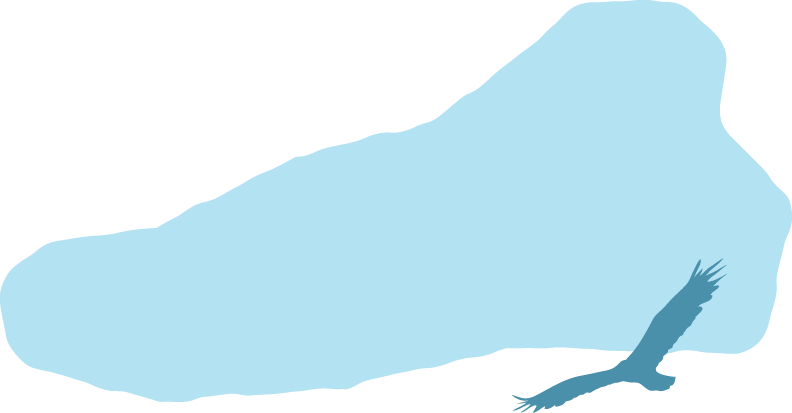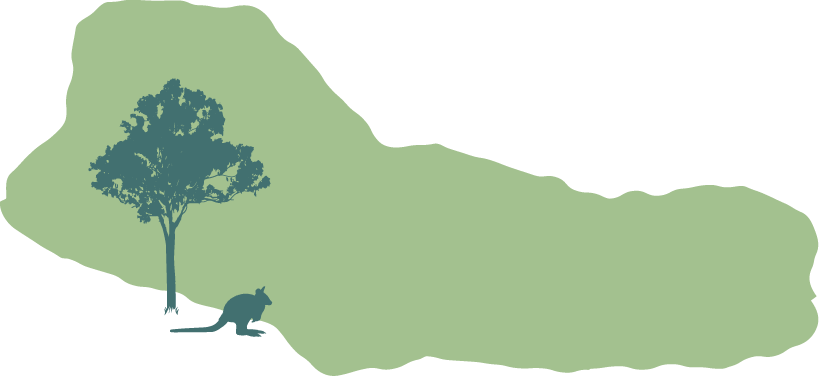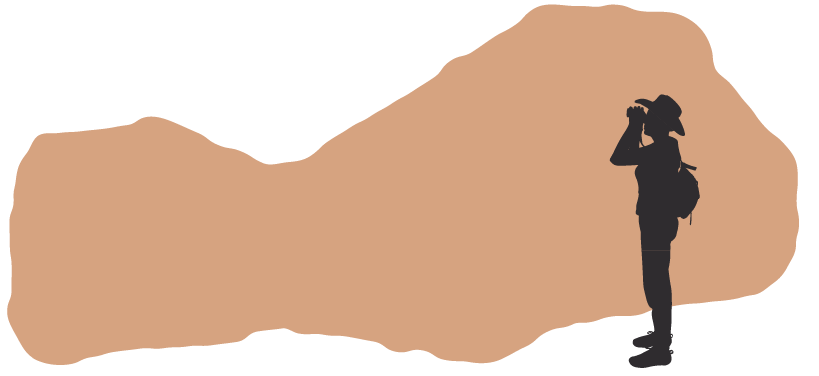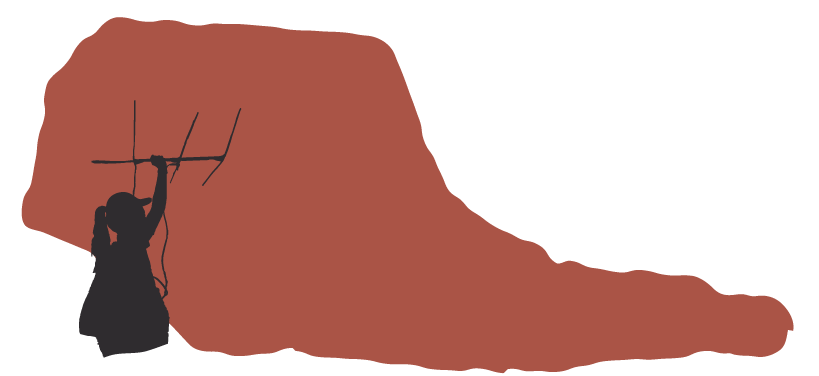
This case study presents the detailed process involved in designing a series of infographics addressing the state of the environment in Australia. The objective was to collaborate with content experts, scientists, designers, and editors to create 16 infographics, each illustrating a different chapter of information crucial for providing national knowledge. The project was undertaken during my time at Biotext, a leading company specialising in science communication.


The first step was to establish a clear objective for the project: to create a set of infographics that effectively communicate the state of the environment in Australia. The infographics were intended to raise awareness and provide accessible information on the changing condition of our natural environment across 12 themes: air quality, Antarctica, biodiversity, climate, coasts, extreme events, heritage, Indigenous, inland water, land, marine and urban.
I collaborated closely with the content experts and scientists to understand the key information to be included in each infographic. By leveraging my design expertise, I worked alongside the content experts and scientists to translate complex information into visually appealing graphics. This collaboration ensured that the infographics effectively communicated the intended messages.


As a designer involved in the production of the infographics, my role was crucial in visualising the data and creating engaging and informative visual representations. Worked closely with the content experts in analysing the collected information and brainstorming visual concepts. Considering the target audience, we created visually appealing, engaging, and easy-to-understand infographics. I explored various graphic elements, such as icons, illustrations, charts, and maps, to visually represent the data effectively while ensuring it meets the brand style and guidelines.
The design process involved iterative feedback loops, where my initial drafts of the infographics were reviewed by the entire team, including the scientists and content experts. Feedback was provided to ensure accuracy, clarity, and relevance in the visual representation of the data. My expertise in design played a crucial role in refining the infographics based on the feedback received.
